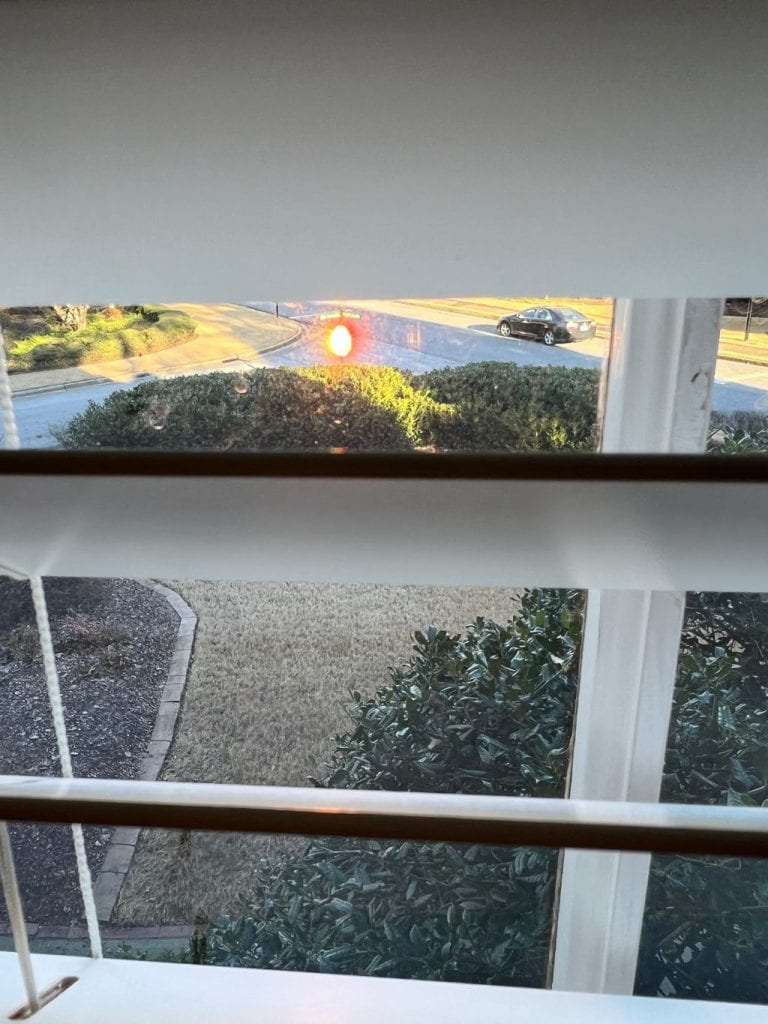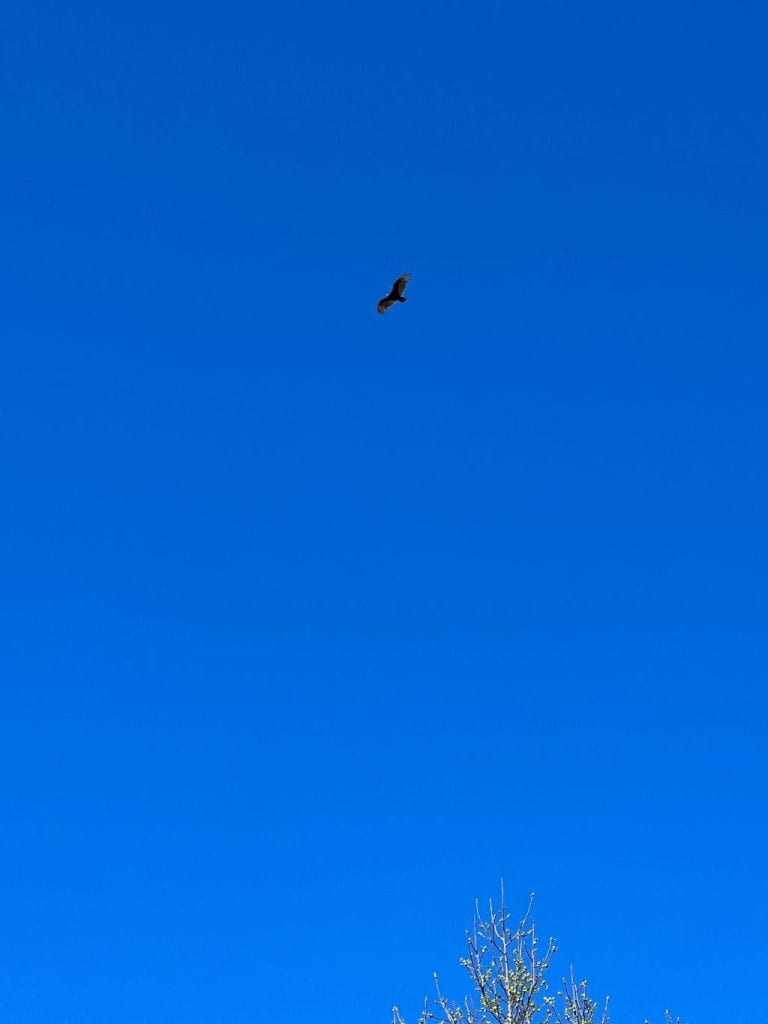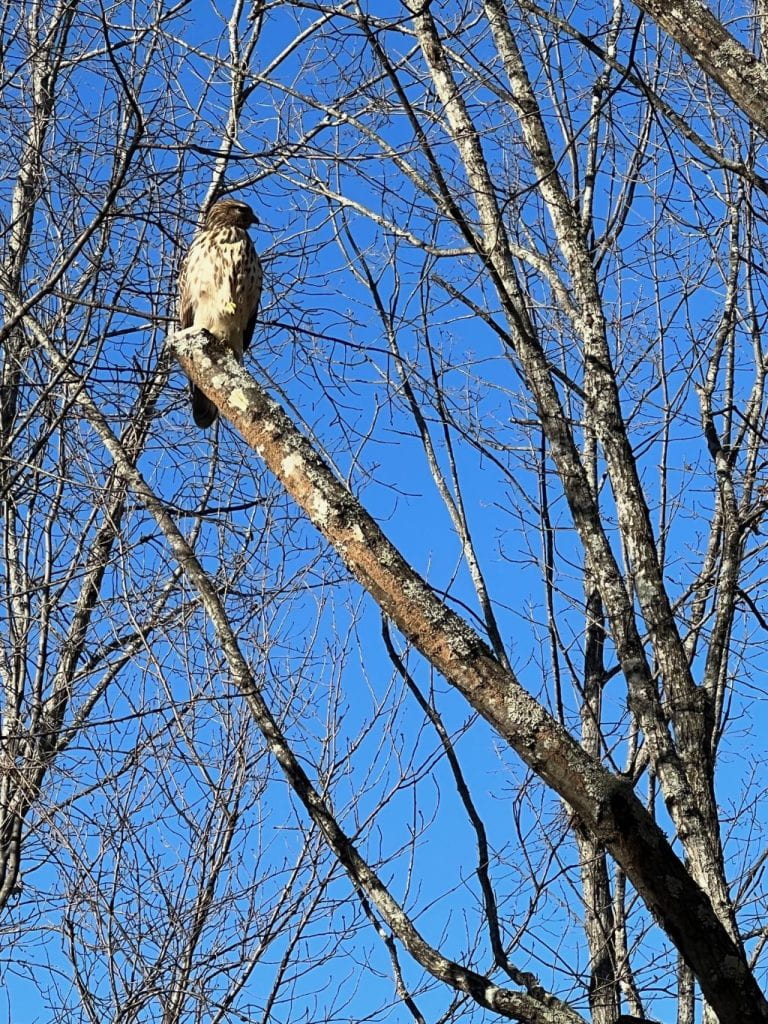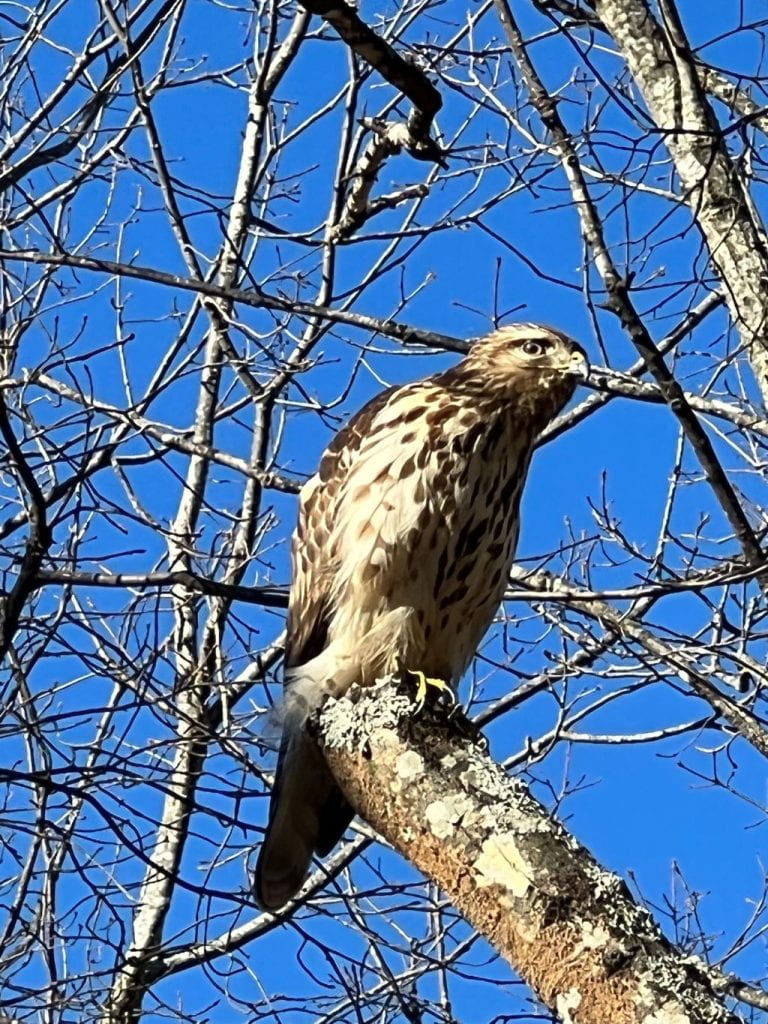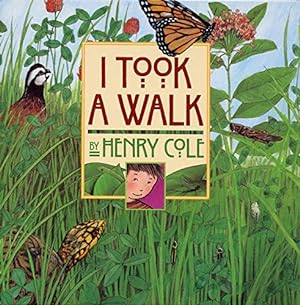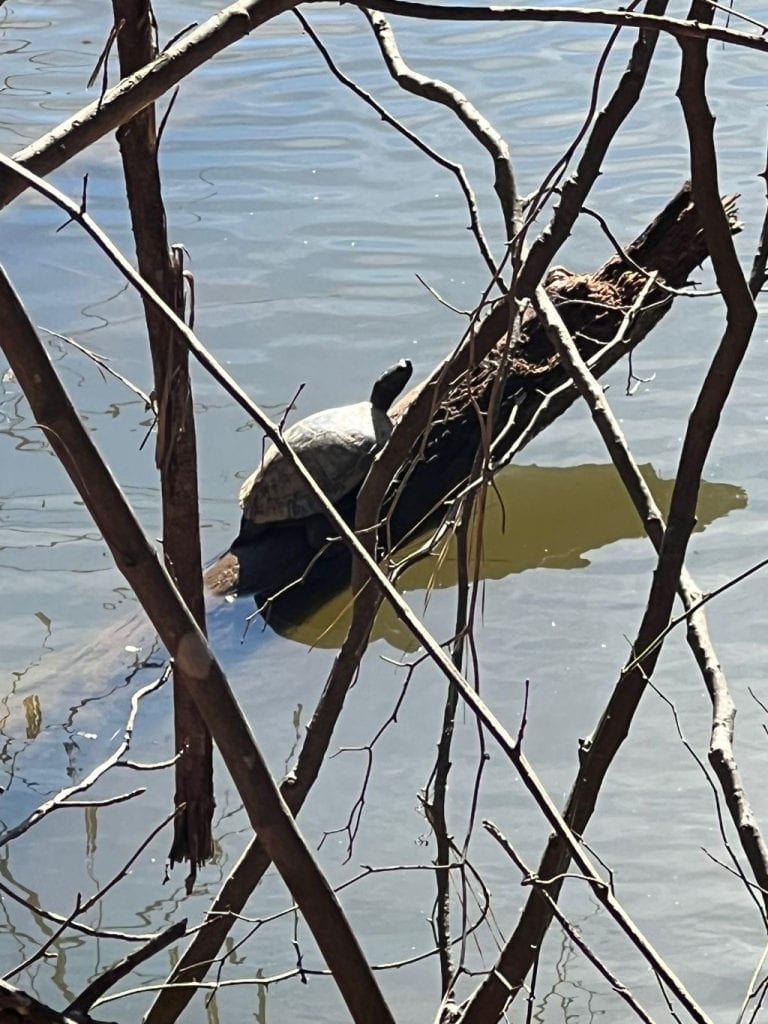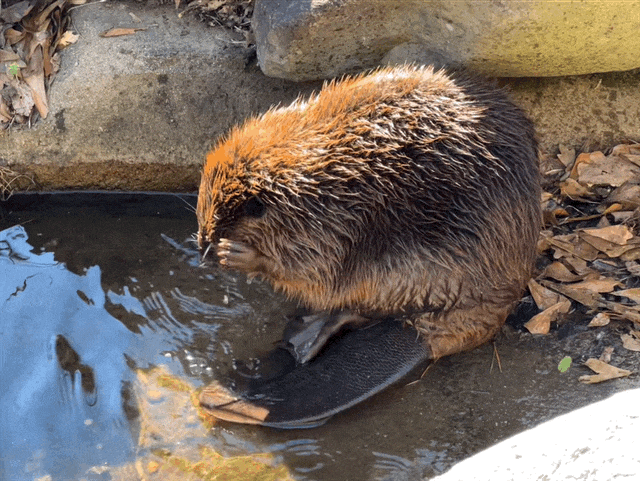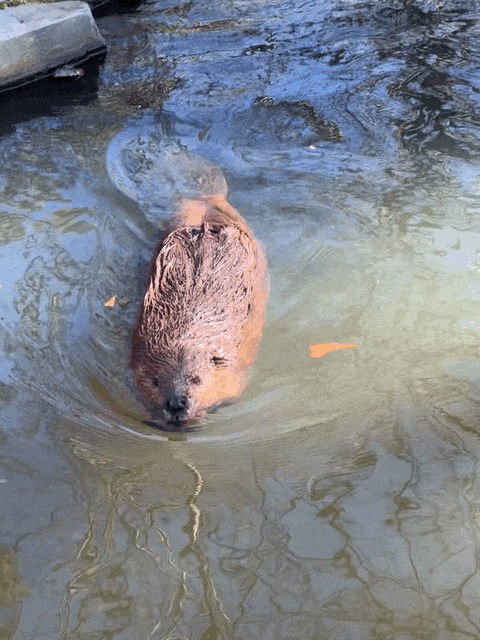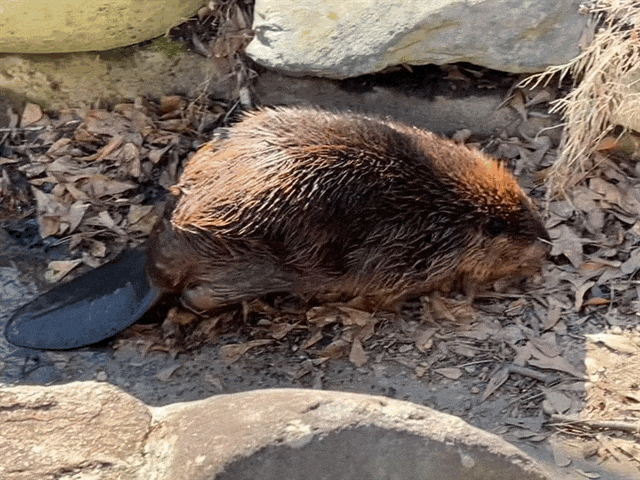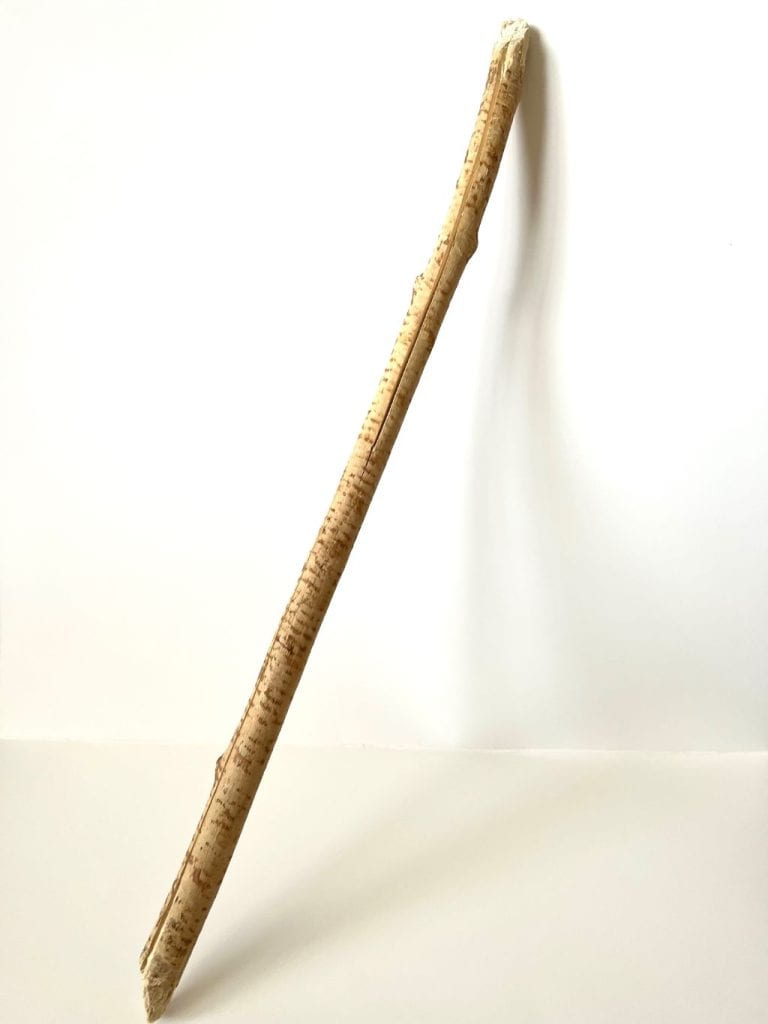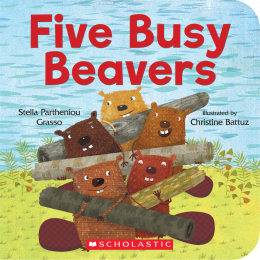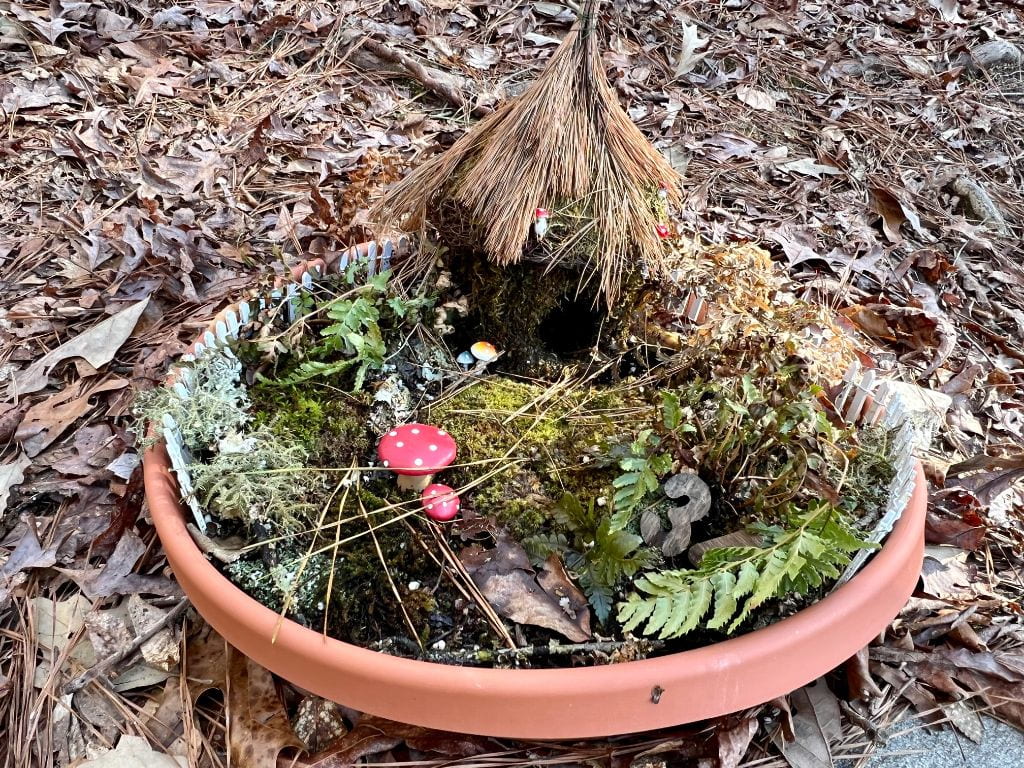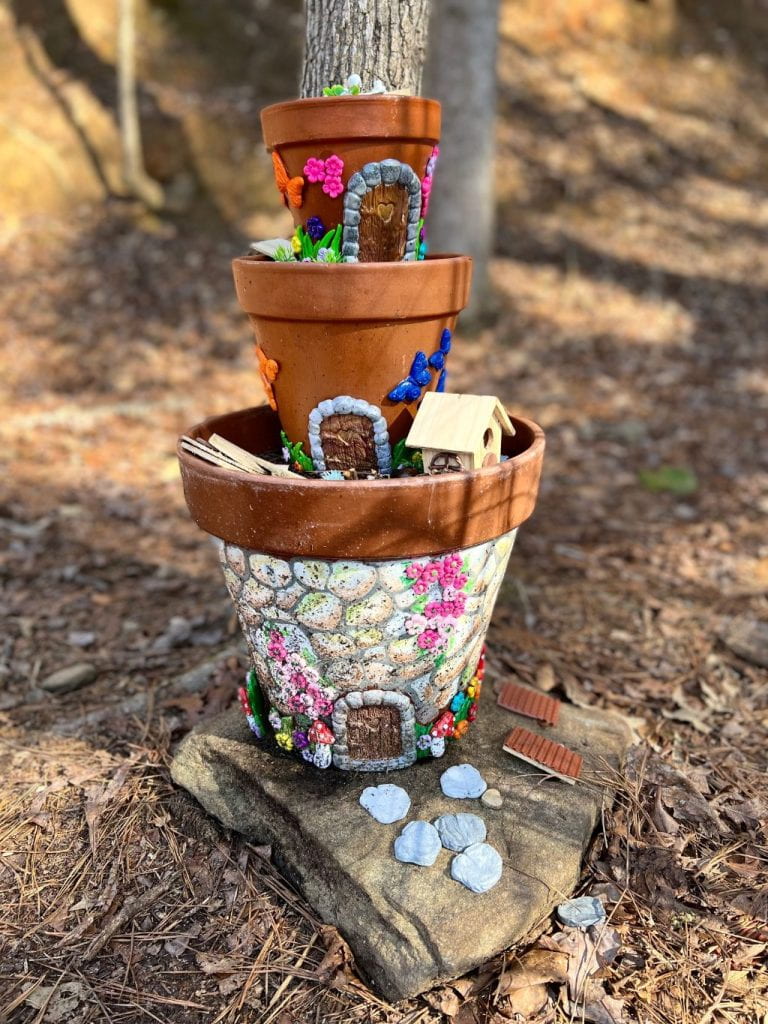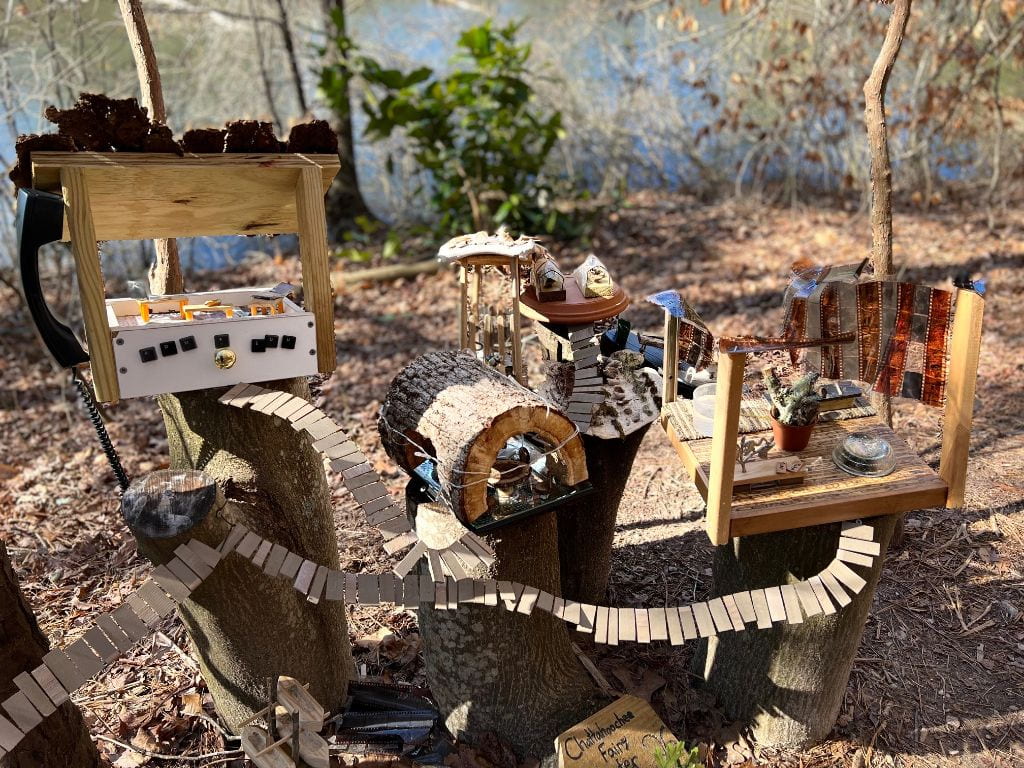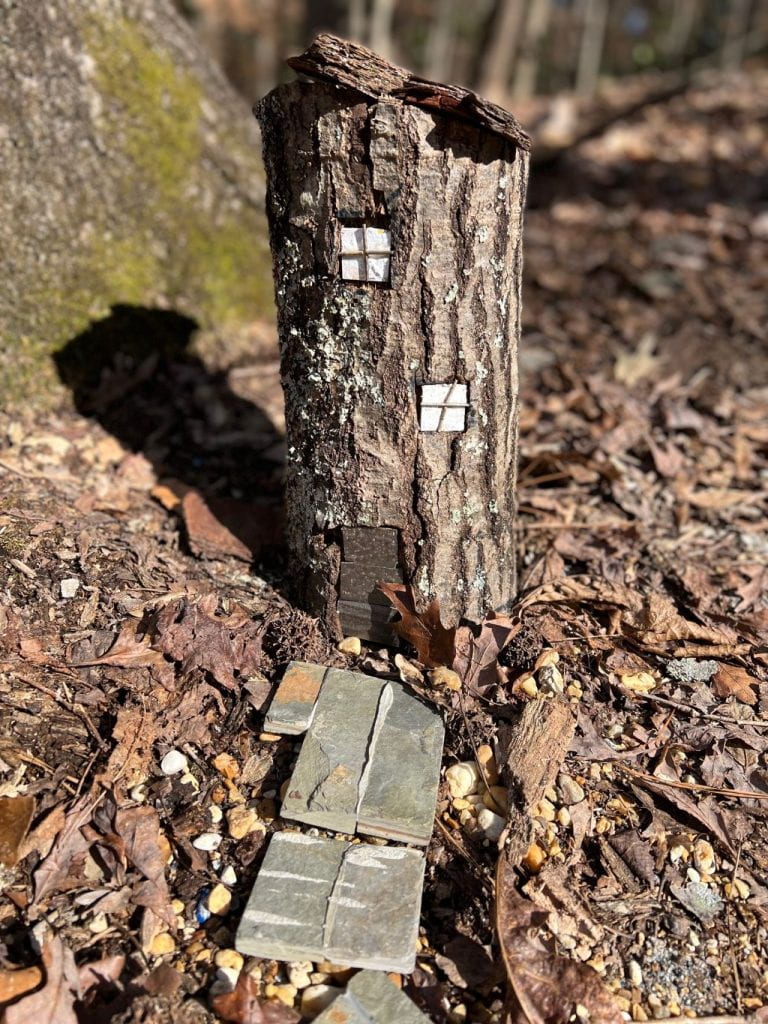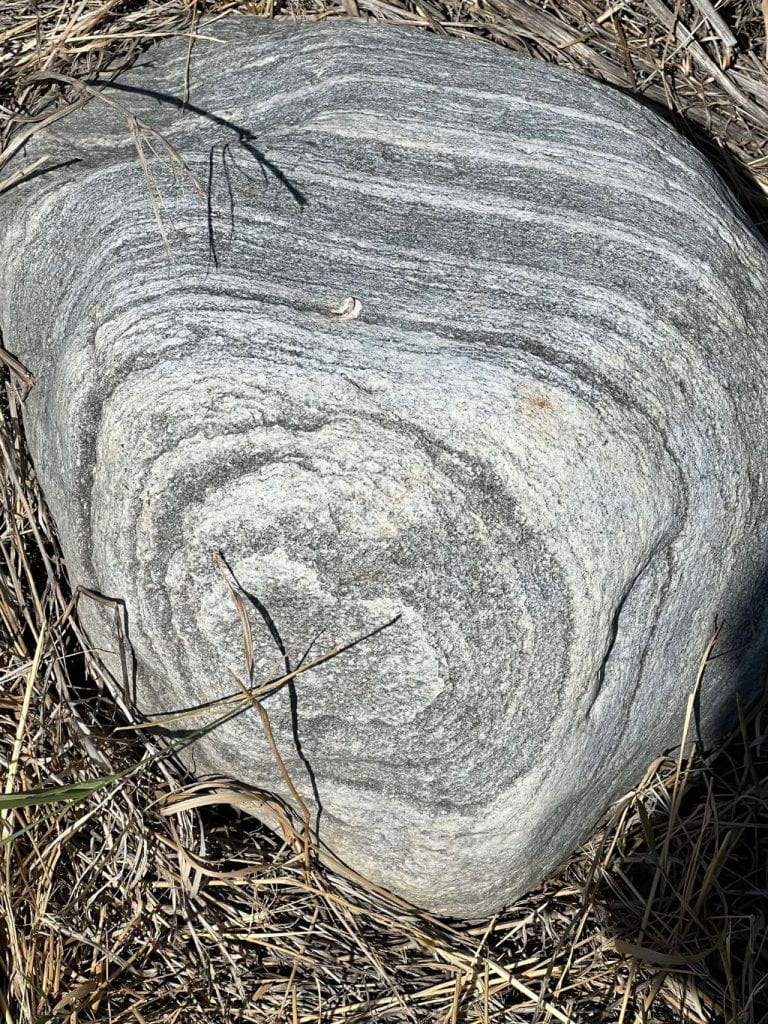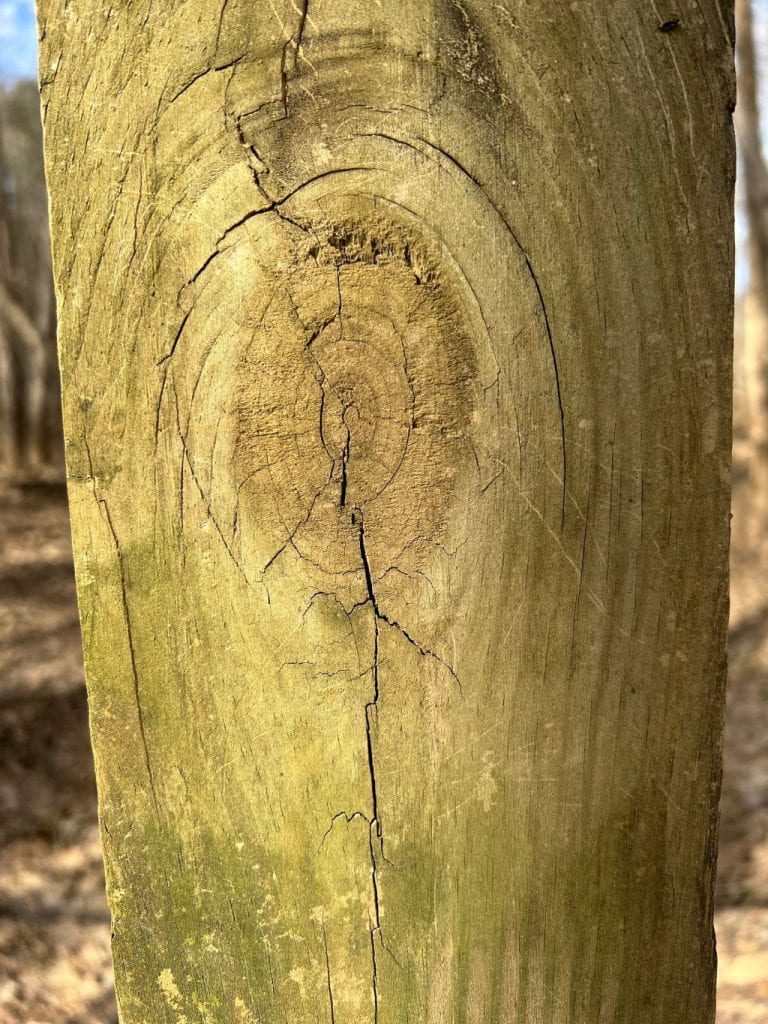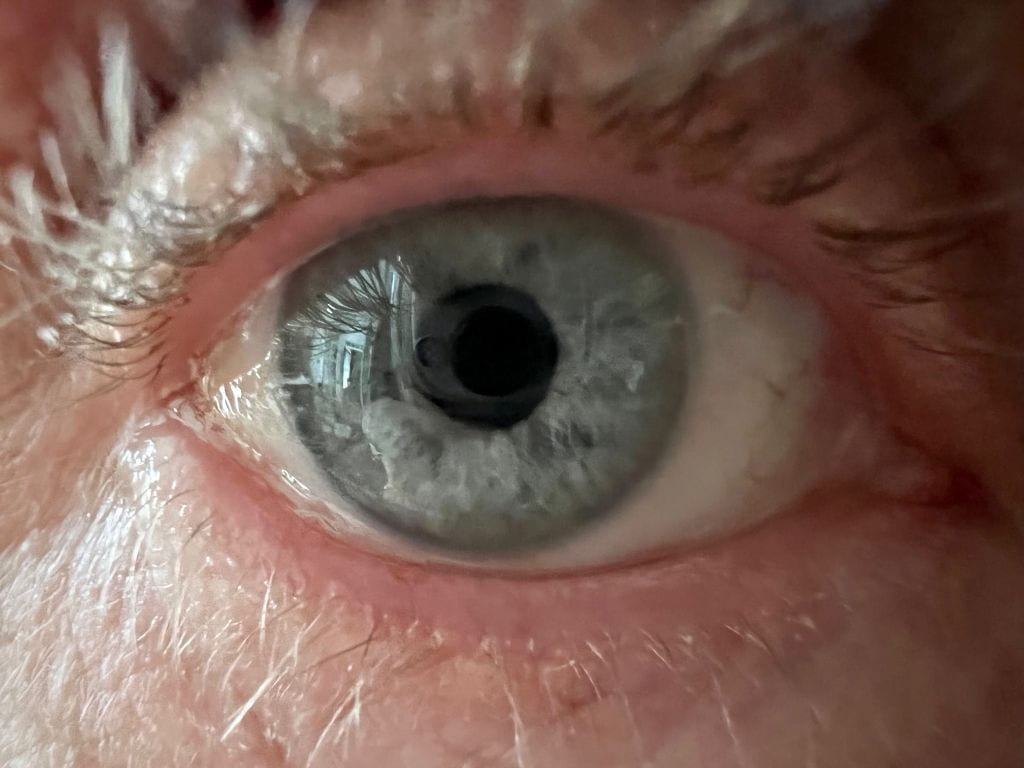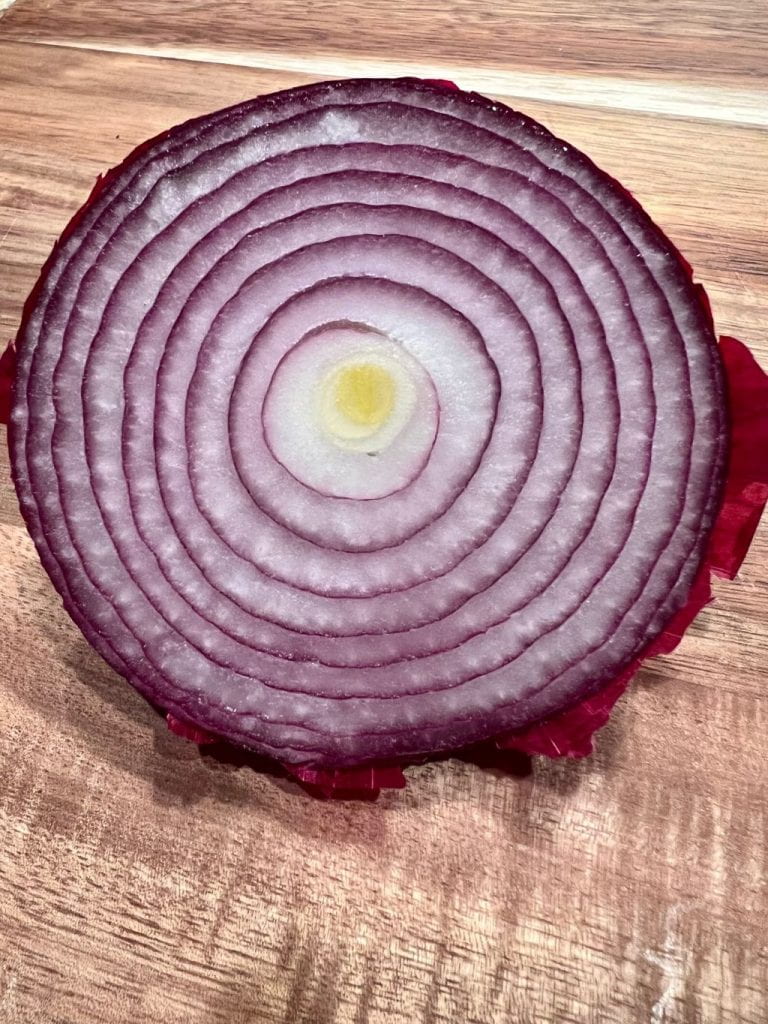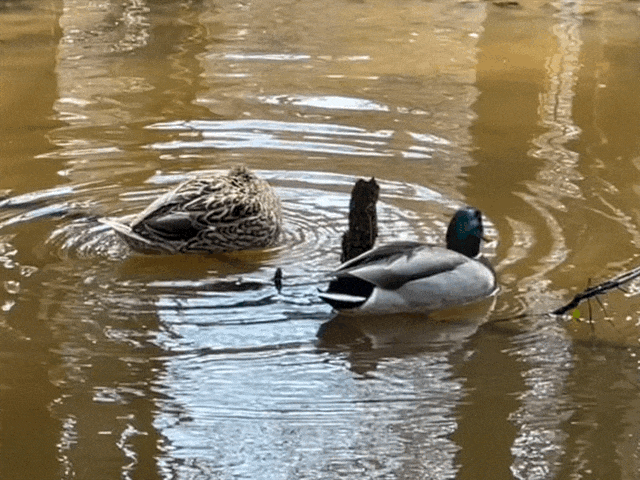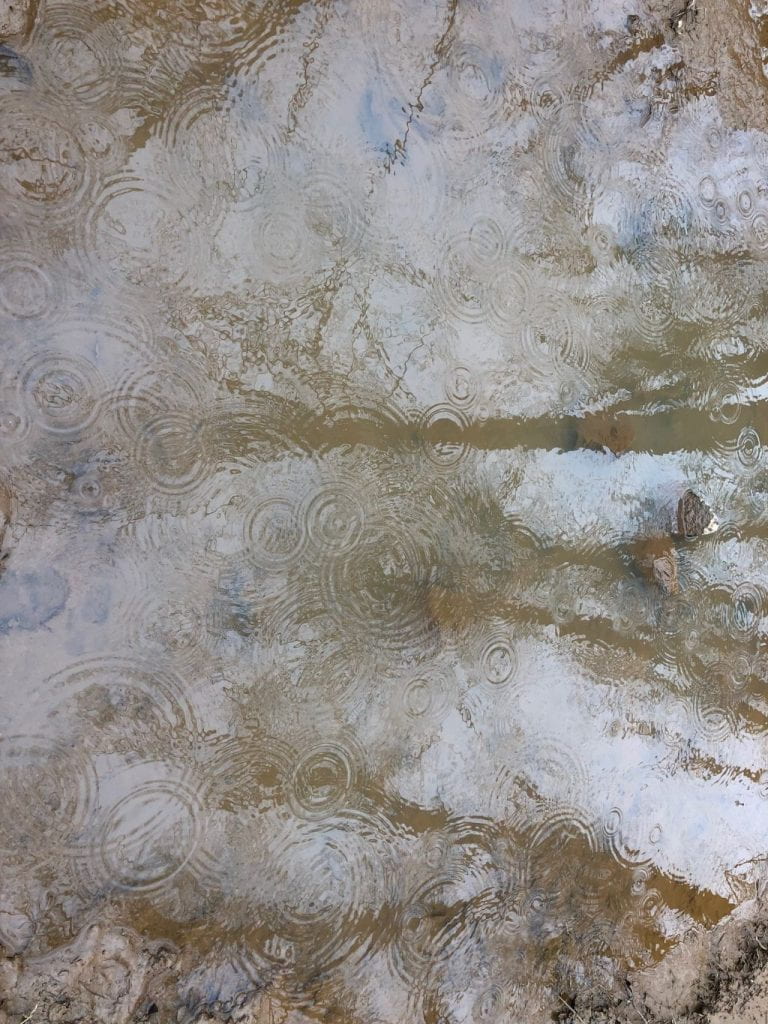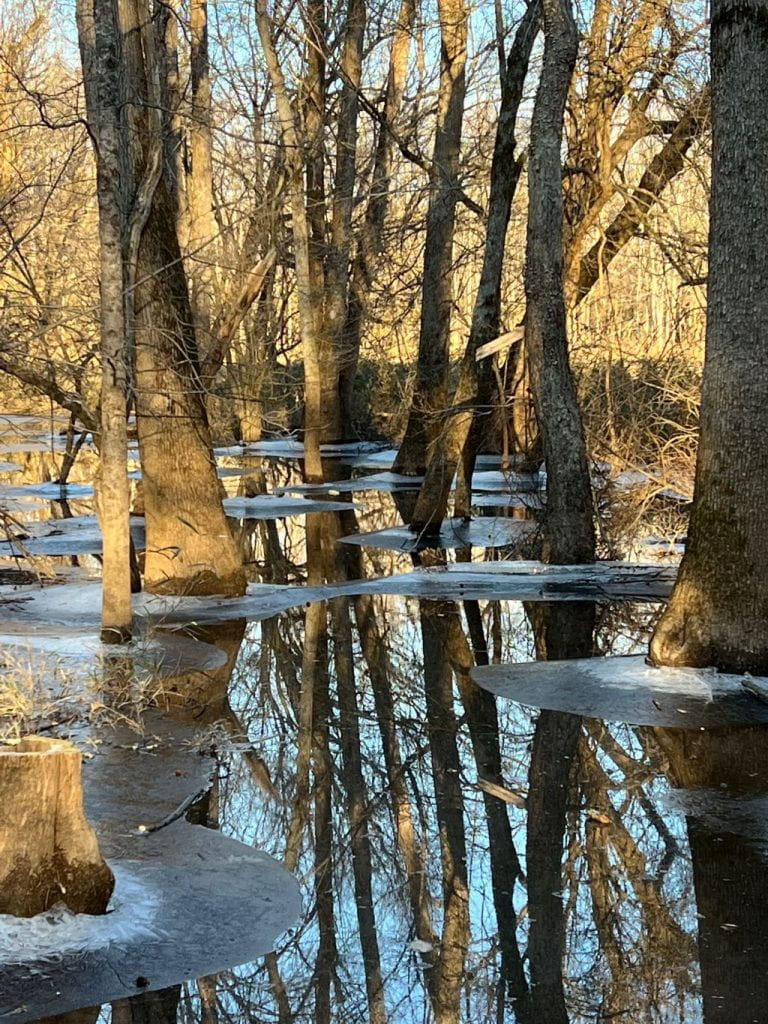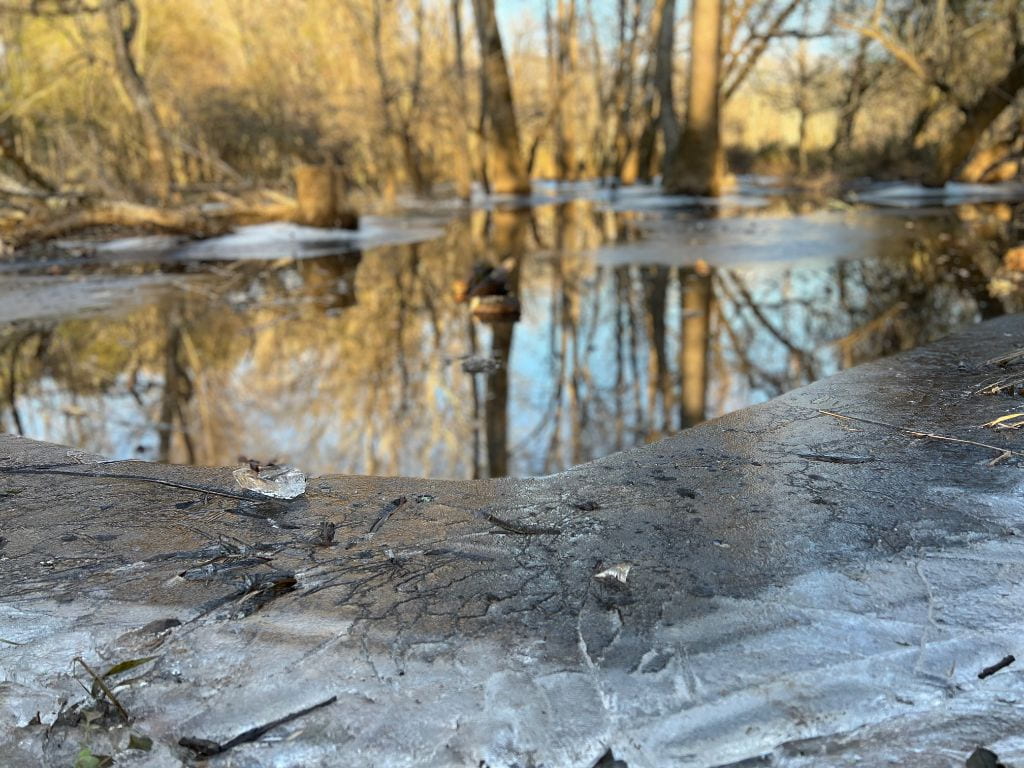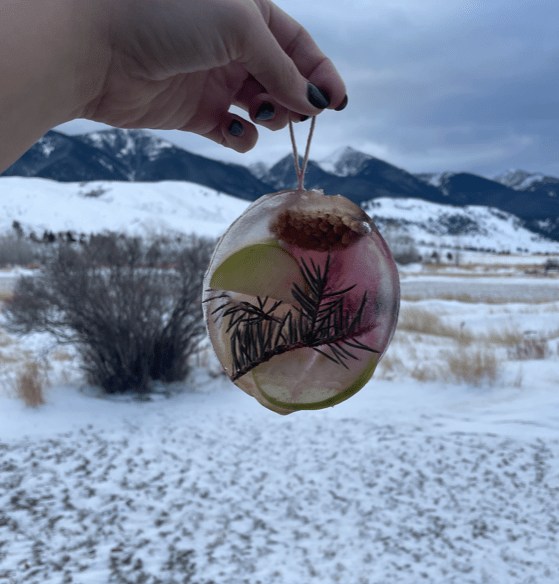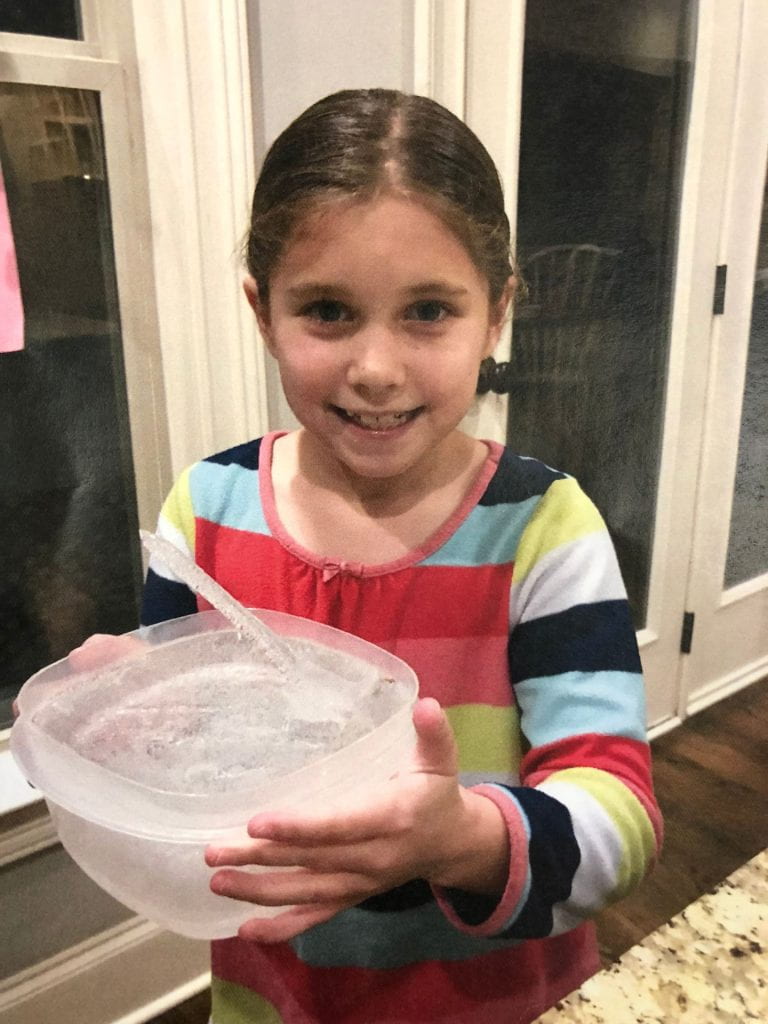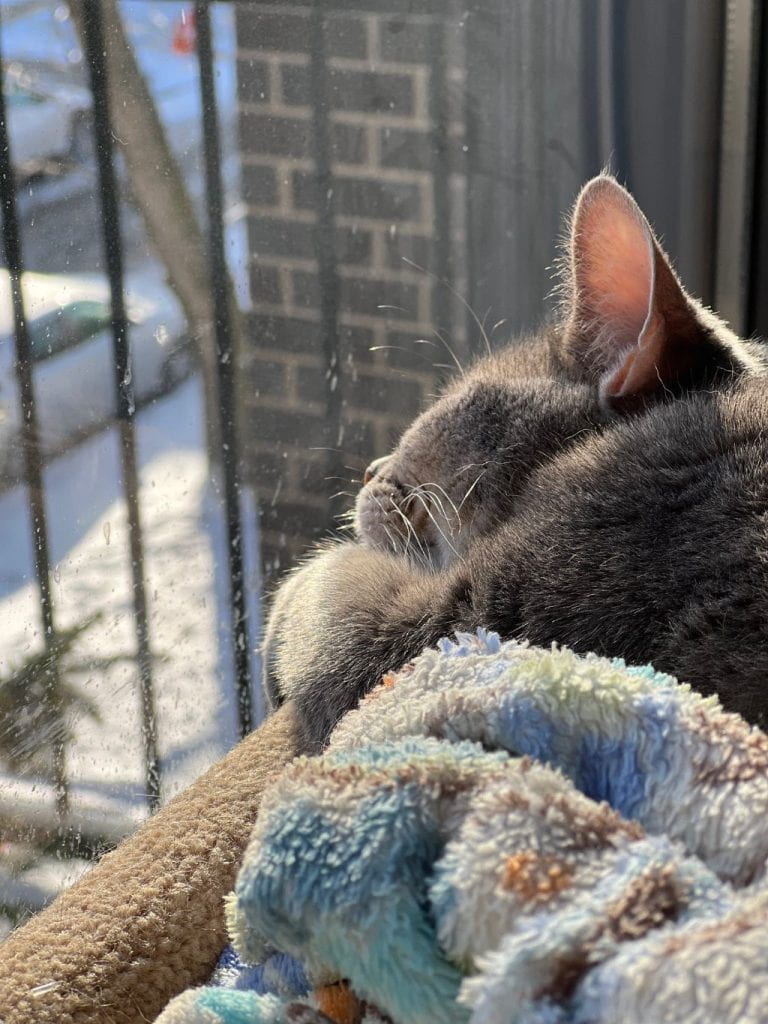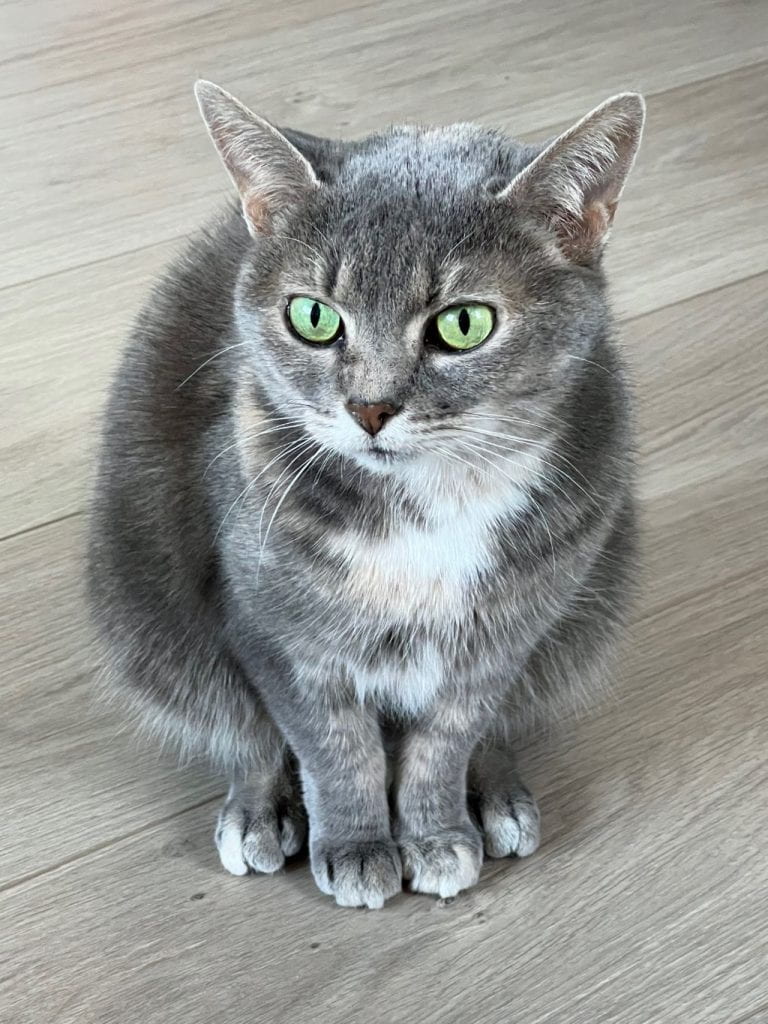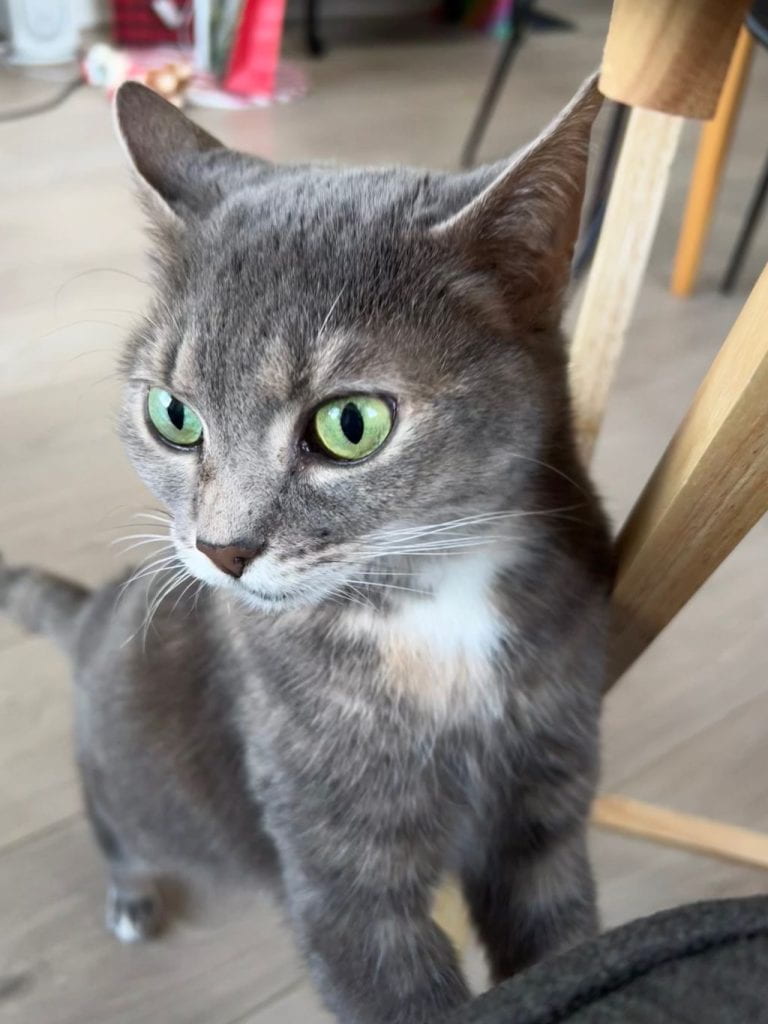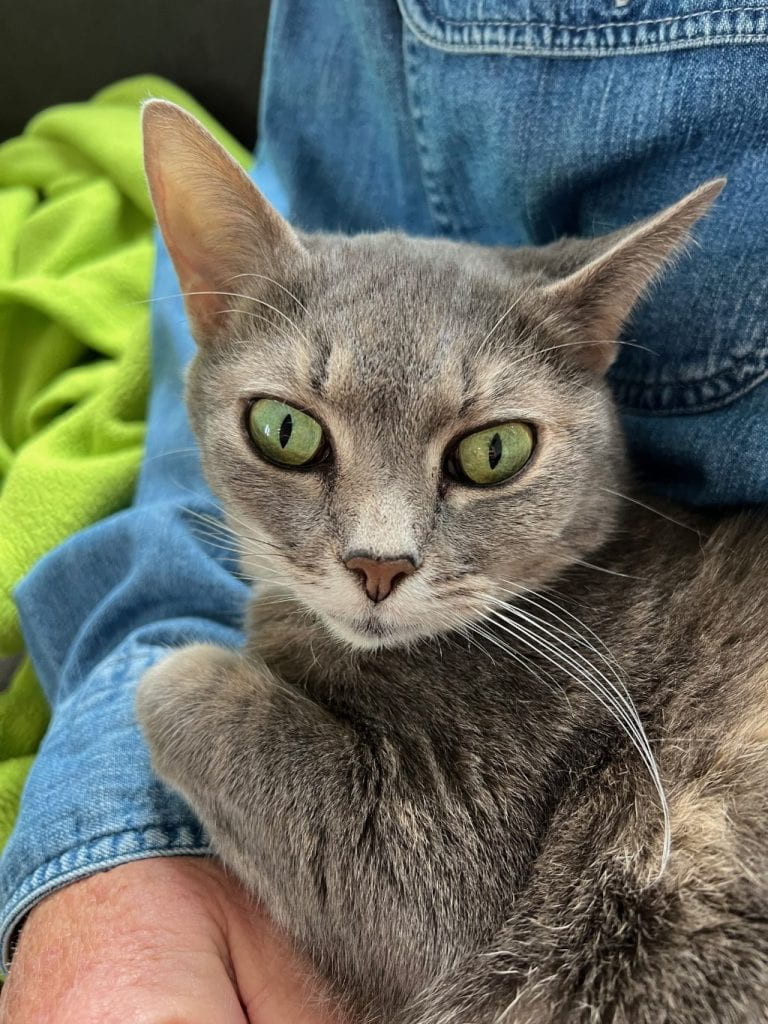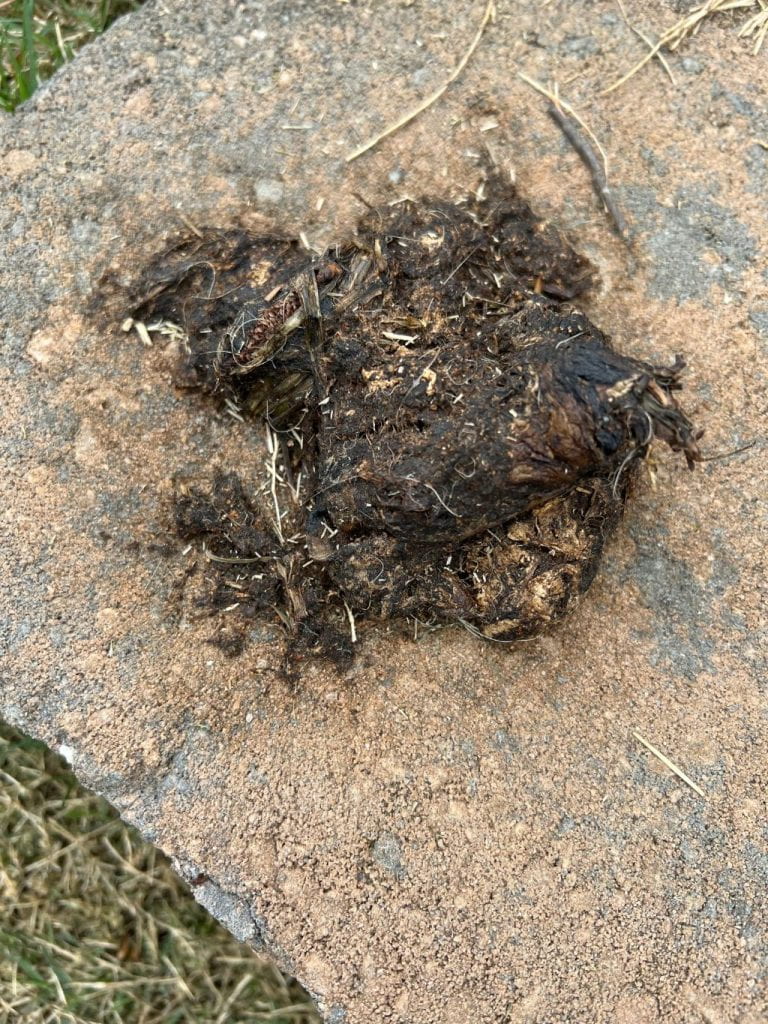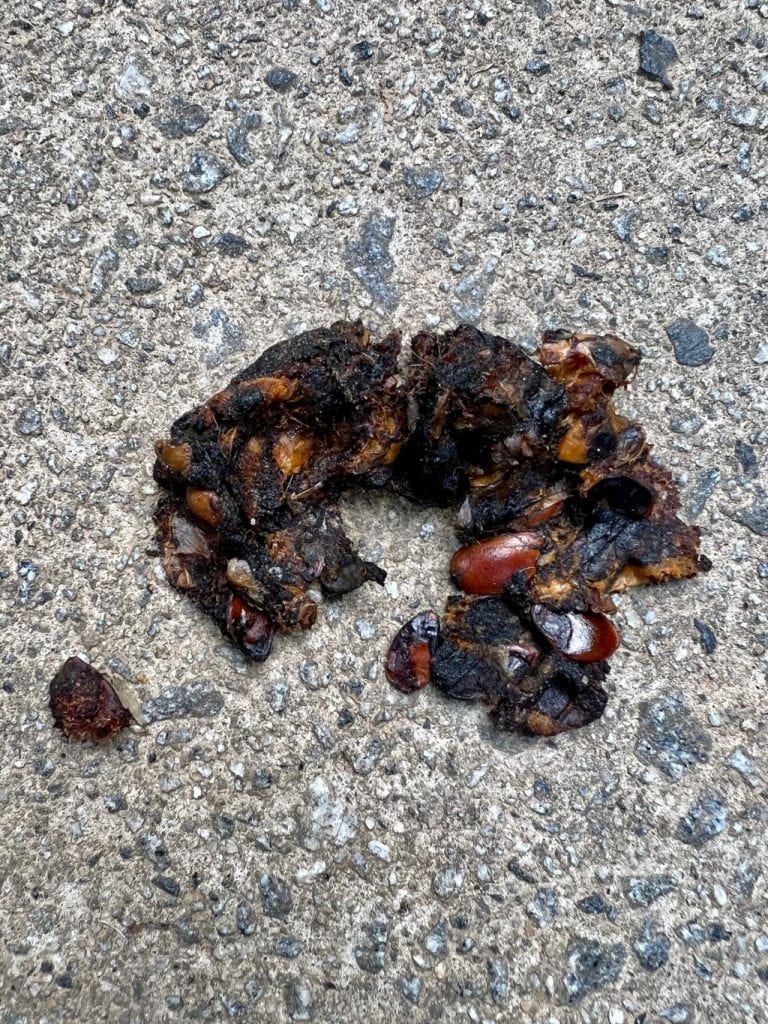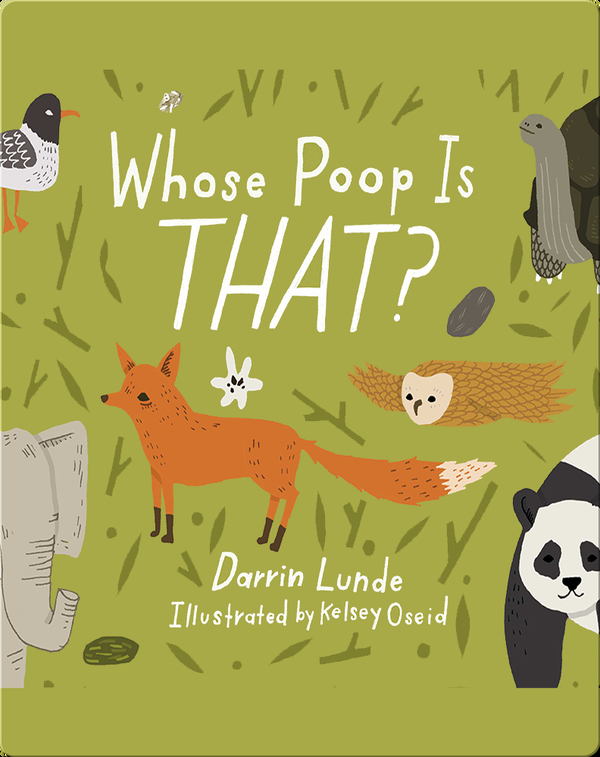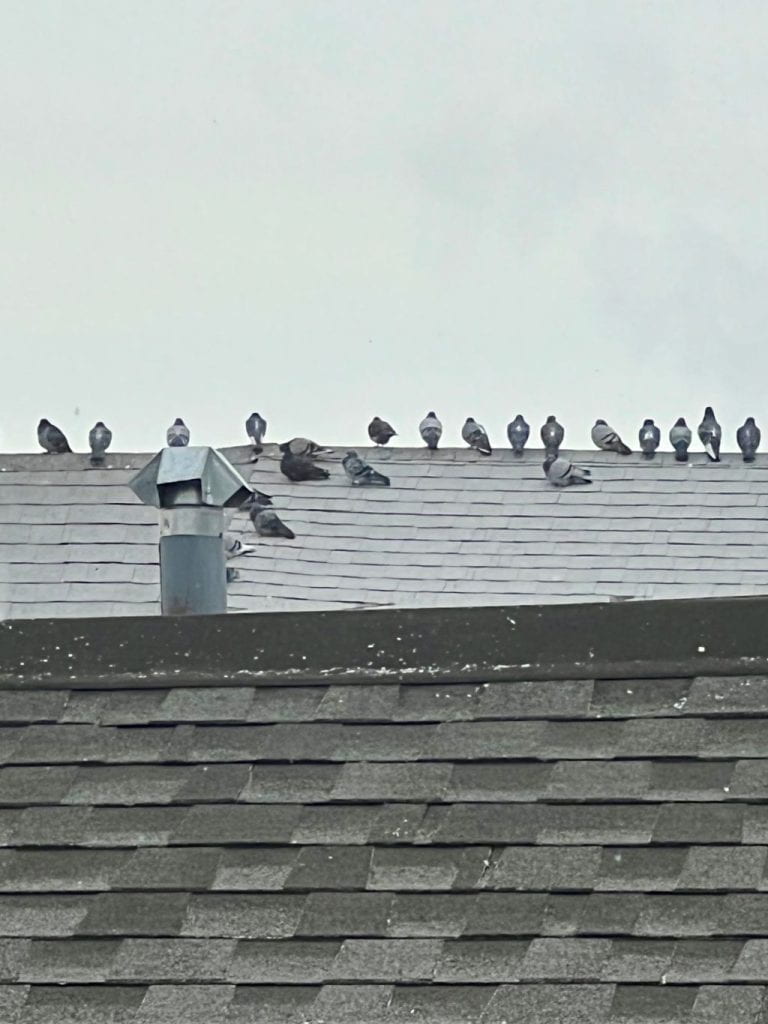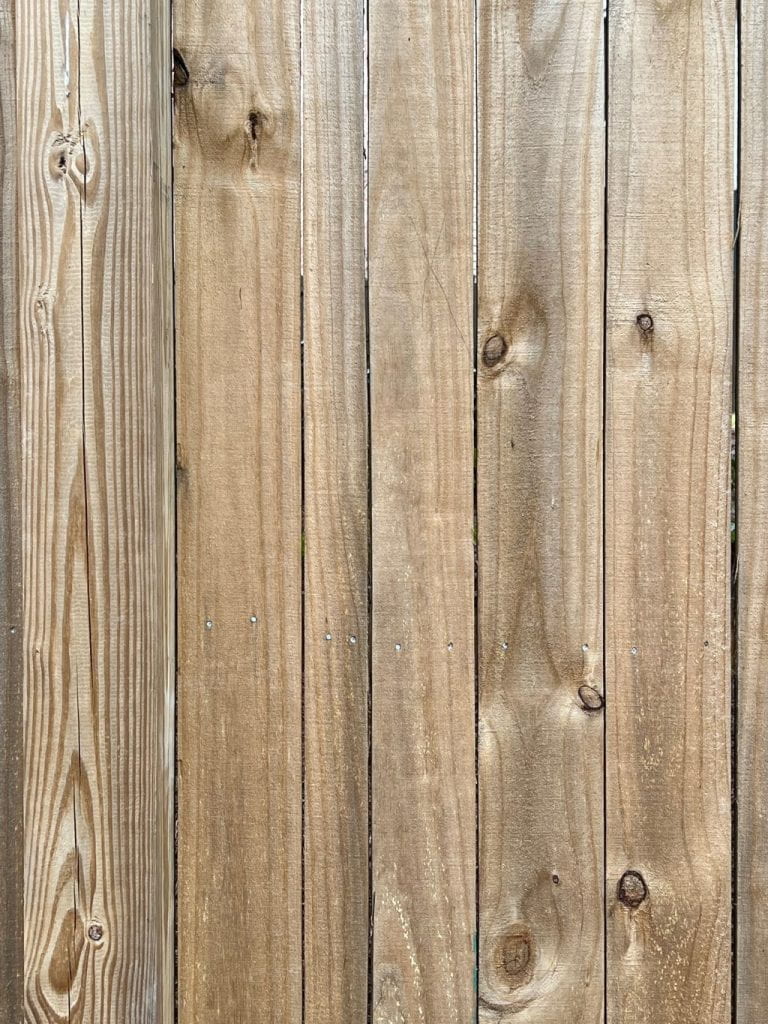Rainbows
Discovering a rainbow is always a special moment! Have you noticed that the sky is darker above the rainbow? Do you know why? Click here for the answer from Physics Girl. You won’t look at a rainbow in quite the same way again!
The visible spectrum appeared on my wall. I believe the light was refracted by the stop sign outside.
Place a prism on your window and observe the visible spectrum move around the room. Why does its location change? For another example, Click here. My students also brought the prisms outside to refract sunlight onto sidewalks.

Complete a rainbow arch to demonstrate capillary action. Click here.
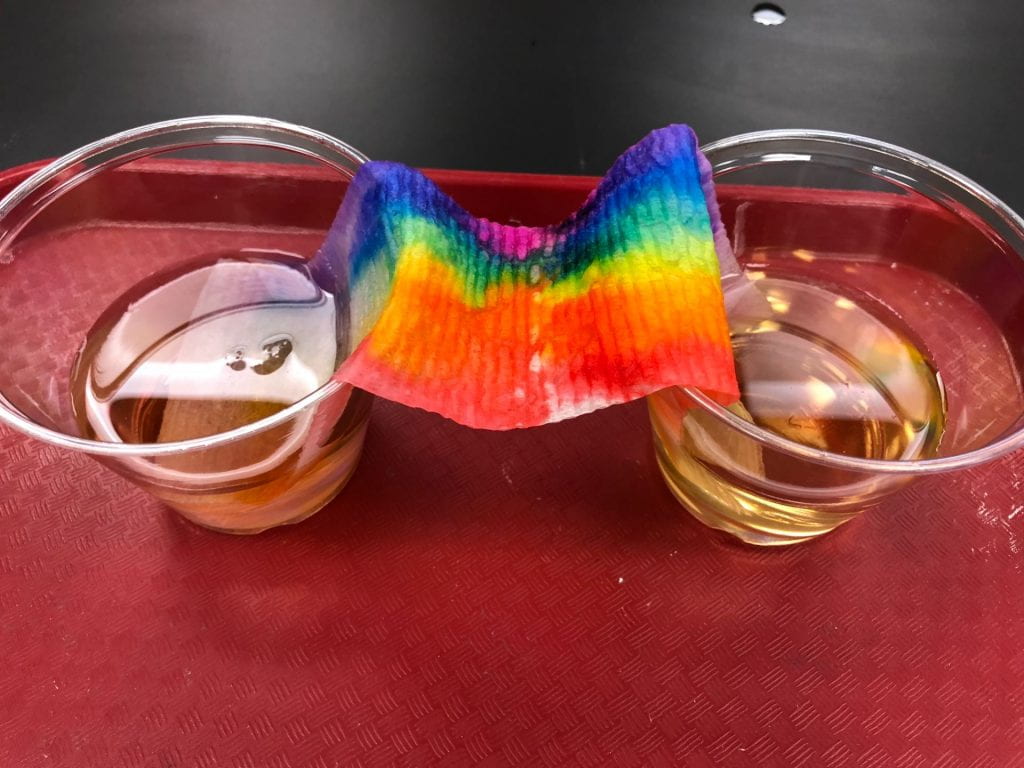
Tilt a mirror inside a container filled with water, shine a flashlight toward the mirror, and look for a rainbow on the wall.
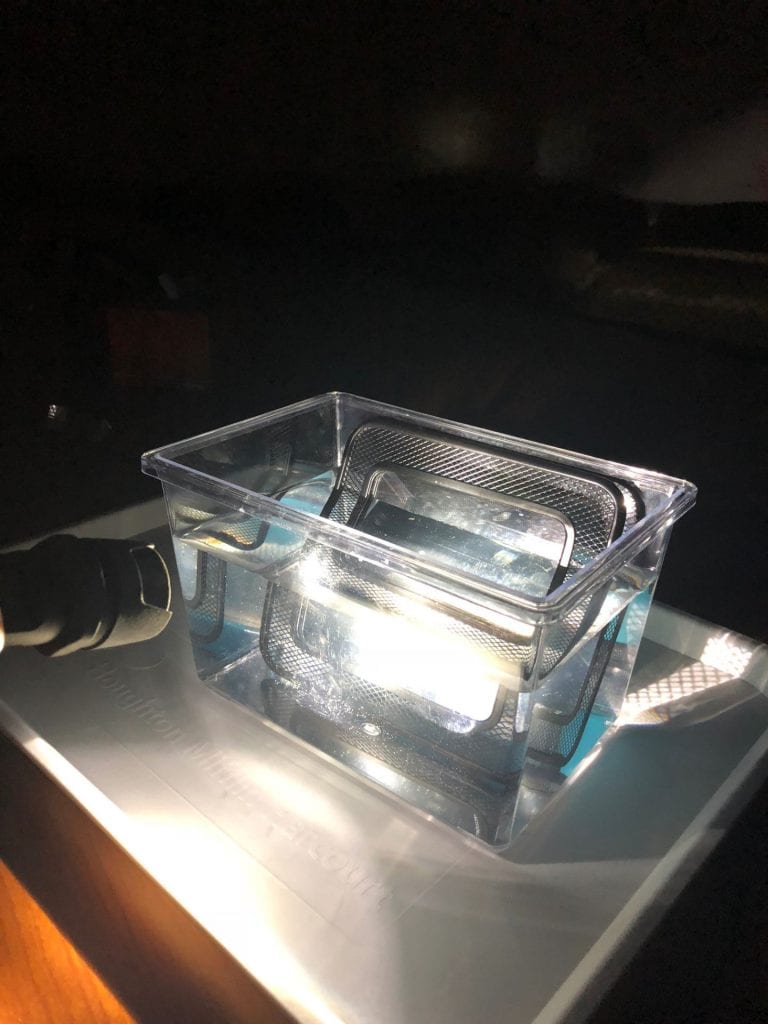
Use rainbow peeps or refraction glasses to find rainbows. Look at a variety of types of light. How does what you see through the lenses change? Click here for more information. Click here to order rainbow peeps. Remind children to not look directly at the sun.
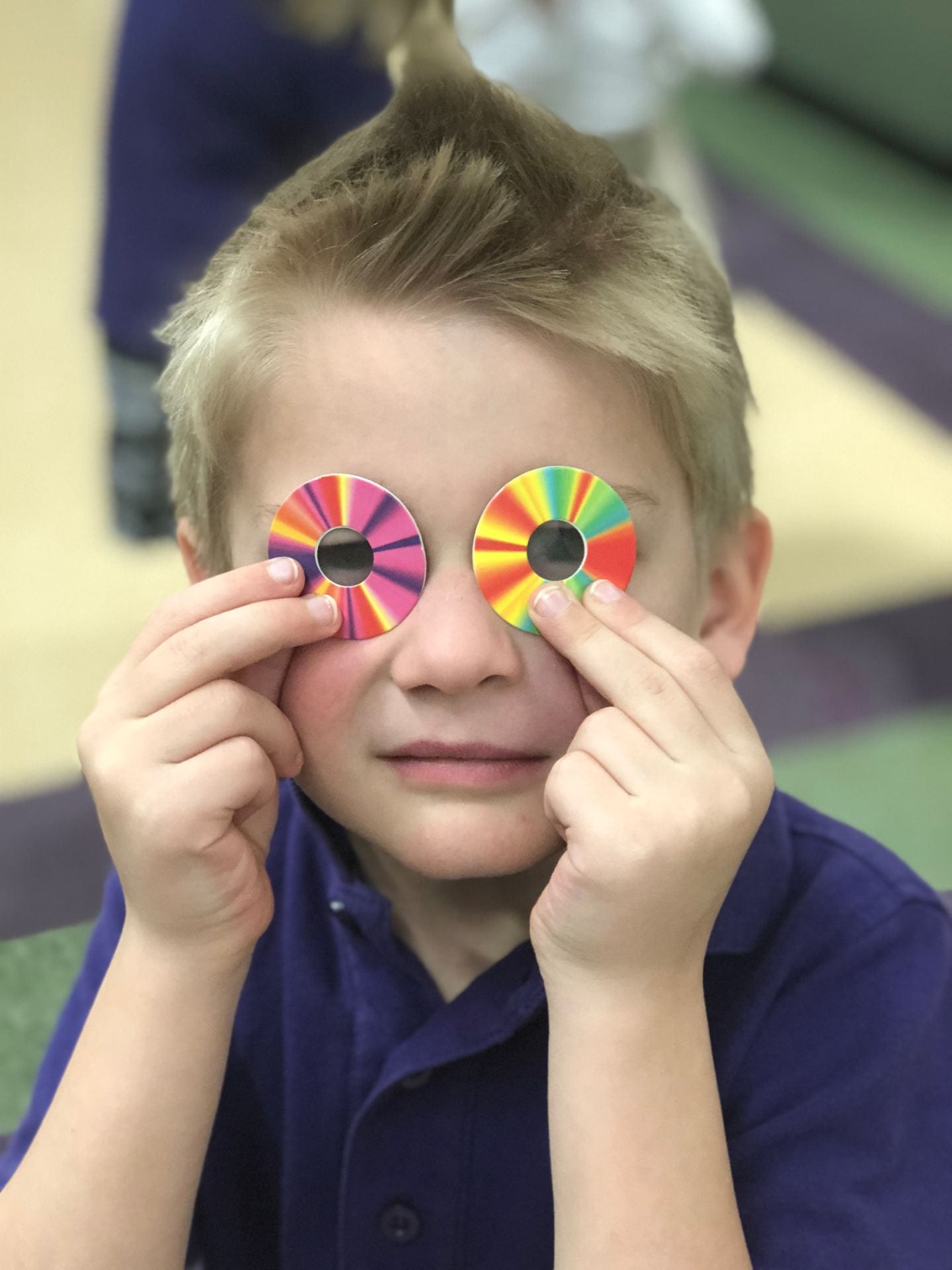
Refract light with a CD. Click here.
Spray your hose with the sun behind you and low in the sky to refract the sunlight and reveal the visible spectrum.
Put the colors of the spectrum in order using density. Click here to watch Steve Spangler in action. Salt could be used in place of sugar.
Click here to use rainbows to develop the skill of questioning.

Watch the following video for additional ways to create rainbows and to observe the visible spectrum. Click here to watch the video full screen.
If you are studying rainbows, enjoy a rainbow snack of yellow (bananas), purple (grapes), orange (oranges), green (kiwi), red (strawberries), and blue (blueberries) sliced fruit.
For full screen viewing, click here.
I have set my rainbow in the clouds, and it will be the sign of the covenant between me and the earth. (Genesis 9:13)


